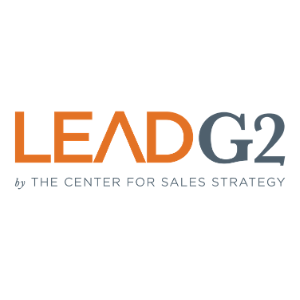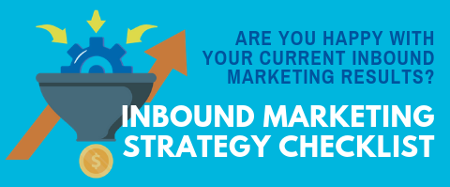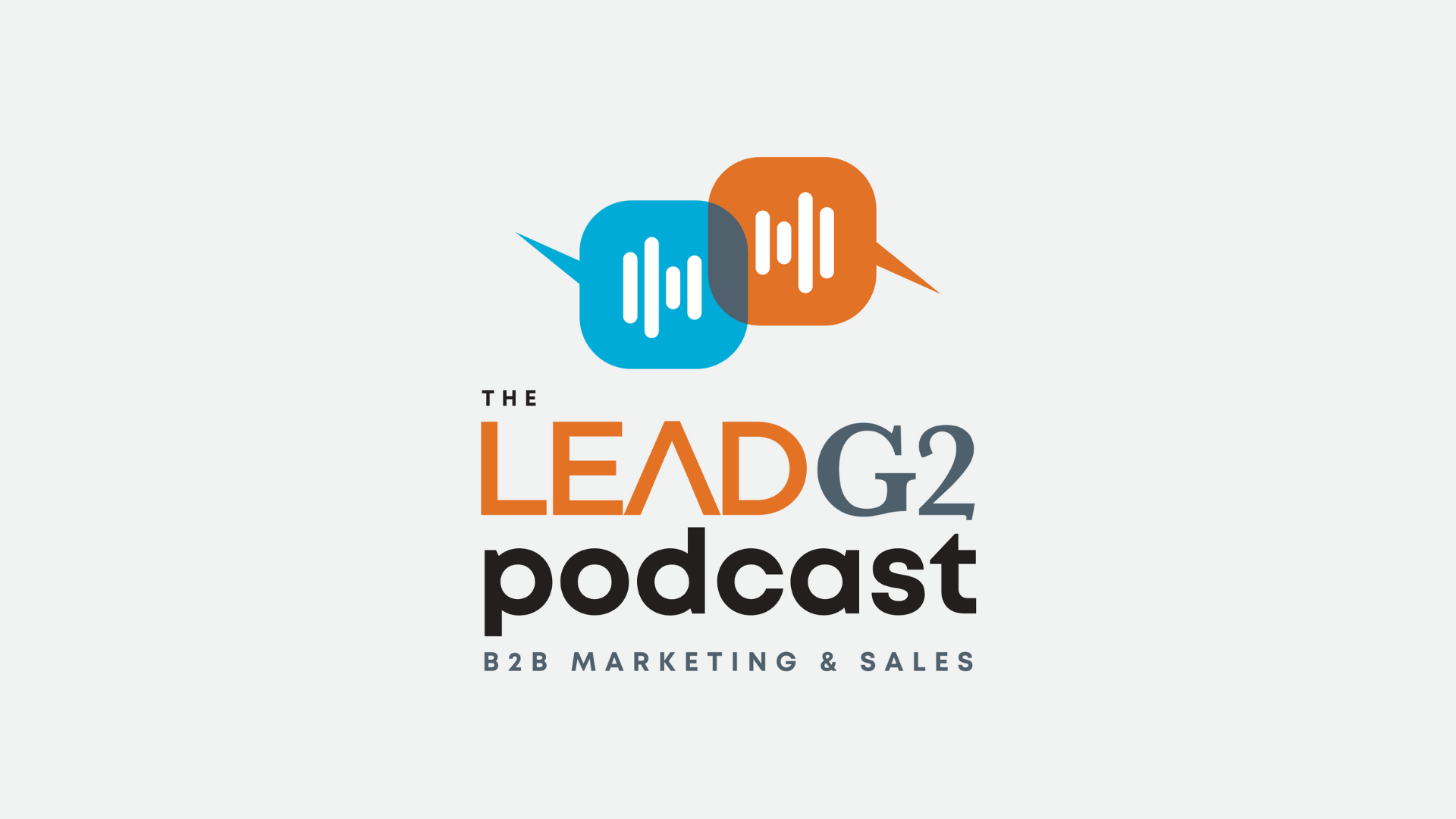
“If you can’t explain it simply, you don’t understand it well enough.”
I think Albert Einstein was onto something with that statement.
If you’ve ever found yourself trying to explain something technical or complex to someone who isn’t familiar with the topic, you know what I mean. Perhaps you work in finance or real estate and are all too familiar with the puzzled looks from your clients when you try to explain mortgages, stocks, or investments. (This is where all those “______ for Dummies” books come in handy, right?)
As an inbound marketing consultant, I get the confused look pretty often. It’s easy for me to assume everyone knows what inbound is. After all it’s a big “buzzword” in the digital marketing world. But the reality is it’s still a relatively new topic and those in other industries don’t always understand. Sure, maybe they’ve heard the term, but they don’t really have a good grasp of what it is or what it looks like. In fact, I have friends in sales, management, and even some working in traditional (outbound) marketing that are still giving me that quizzical look even after I provide them with the general definition—and these are people that should know. They’re the ones who can really benefit from it.
It’s at this point where I typically recall (and laugh about) the scene from The Office, where Steve Carrel’s character is trying to understand an explanation of their budget but doesn’t get it. After briefly pretending to understand, he finally asks his coworker to, “Explain it to me like I’m 5.” And, ever since then, I’ve found myself thinking this same thought when someone is trying to explain something complex or technical that I’m not familiar with, or when I need to explain something of similar nature to someone else.
Here’s our official definition of inbound marketing:
The process of attracting the attention of prospects, through content, before they are even ready to buy; the best and most cost-effective way to convert strangers into customers and promoters of your business.
But, again, what does it really entail? What does it look like? Complexities and technical jargon aside, of
course.
Think about the last time you had a question about how to redesign your business website, for example. Did you call a web designer right away? How about when you weren’t sure if you should outsource training for your sales staff? Did you pick up the phone and call an expert to find out? Or, when you needed someone to paint or maybe decorate your offices? Did you call a painter right away? Probably not.
Chances are, you took to a search engine and typed something in the search bar. And, if you’re like most people, you probably skimmed through the top few items and clicked on the one that looked like it would best answer your question. You also likely looked on LinkedIn. Sure, you may have eventually reached out to businesses in those industries, but that was only after you did your research. Maybe you asked some friends on social media, read a few blog posts, or downloaded some more information from different sites, etc.
Now, when we think about each of these scenarios, each consumer begins with a need. They begin with a question in mind, then do their research, and finally end up with a product or service from a specific company. Normally, the company itself doesn’t come into the picture until closer to the end of this buying process, after the prospect has completed their long and lengthy research process. (Is this making sense so far?)
Here’s the kicker: Inbound marketing can simply be thought of as being part of their research process. It’s you providing prospects with valuable information and help at each stage of their buying process, building your credibility, authority, reliability, and even your friendliness. Inbound marketing is the most effective way to find and engage with prospects at the beginning of their process…. not after someone else has already won their respect, their allegiance, and their business. Inbound marketing means you’re guiding them through their journey (research and all) and nurturing them until they’re ready to buy.
I don’t have to tell you that people are research fiends nowadays. It’s true whether they’re buying for their business or buying for themselves.
Here’s what being part of that research process looks like:
-
It’s showing up on the first search page when prospects search for your product or services. Preferably, within the top three results listed.
-
It’s offering a good website that is search engine- (and user!) friendly.
-
It’s engaging with your target prospects via social media.
-
It’s maintaining a useful company blog. This is your opportunity to be the one who answers these questions at the very beginning of the buying process. You also demonstrate your expertise, leaving the consumer with the impression that you’re a thought leader or expert in your industry.
-
It’s providing prospects with valuable content in exchange for their information (guides, eBooks, whitepapers).
-
It’s following up and supporting/nurturing them until they’re ready to buy. That includes additional helpful information via email, based on their needs.
-
It’s passing along to your salespeople those prospects who have raised their hand and said they’re in need of what you have to offer. (This is the opposite of cold calling. Salespeople will know what prospects have downloaded and looked at on your site, and they can use that information to better connect and address their needs in a warm call.)
All of the things listed above encompass this complex process known as inbound marketing. Now that you know (and hopefully understand a little better)… think about your own prospects. What are they doing before they finally make contact with you? How long is their research process? And are you a part of it?
.png)








Leave a Comment